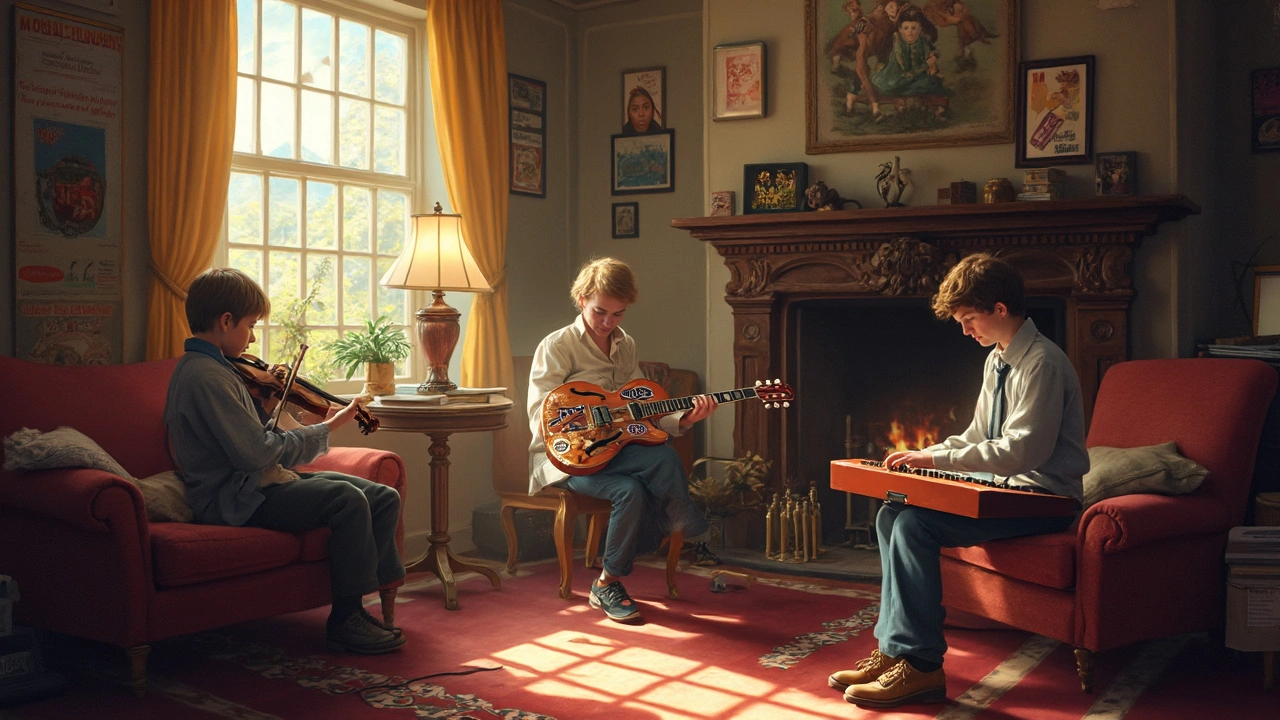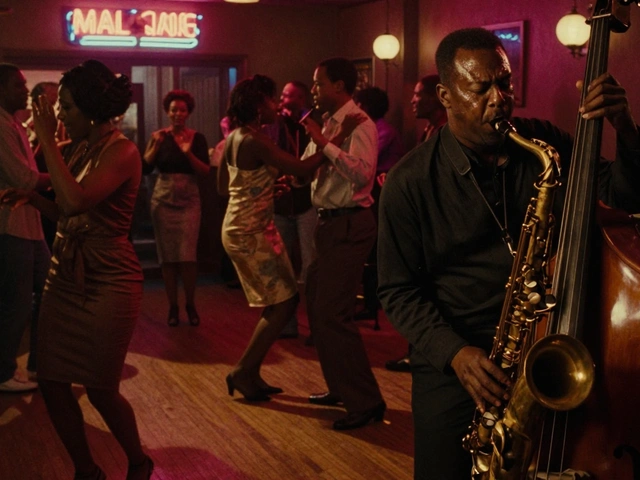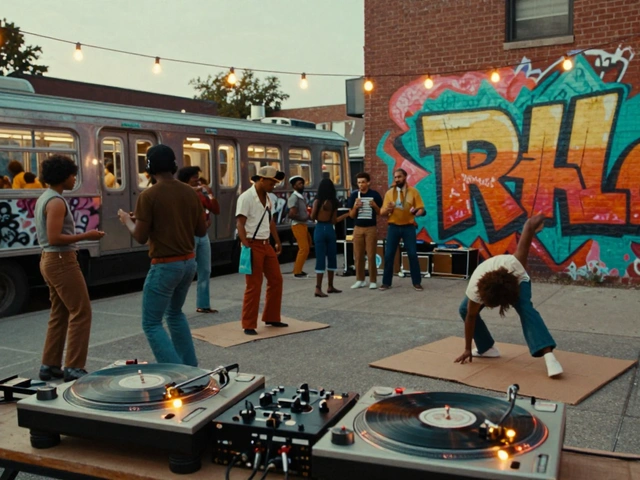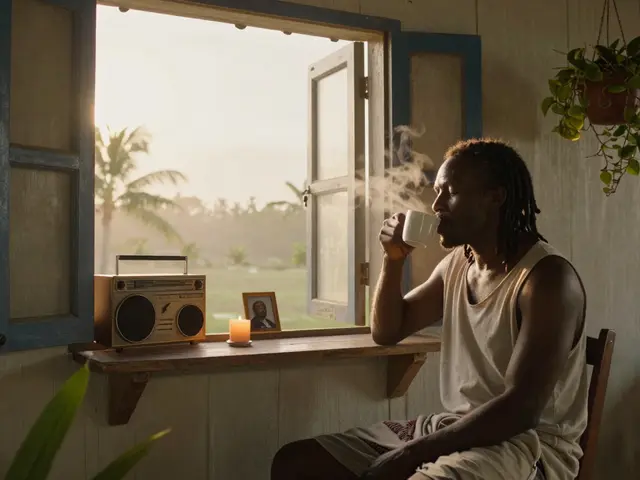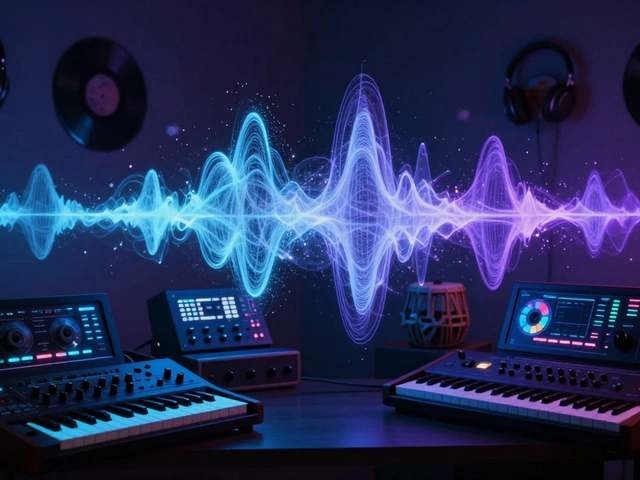Ever wondered why a violin sounds so different from an electric guitar, or how some instruments seem to fit perfectly in every genre? The world of musical instruments didn't always look like what you see on concert stages today. Back in the day, you wouldn't catch anyone shredding a face-melting guitar solo—those sounds didn’t exist yet! It’s wild to think how tools for making music jumped from wooden flutes and cellos in candle-lit halls to roaring amps and neon-lit rock clubs.
If you’re considering picking up an instrument, you’ve got a mind-boggling number of options, each with its own baggage—uh, I mean history and quirks. My golden retriever Cooper might go for a drum kit (he already has the tail wag rhythm), but choosing your own instrument is all about what excites you. Stick around, and you’ll not only get some fun stories about iconic instruments but also the know-how for finding the right one to match your style—or maybe just your living room décor if you’re like my tabby, Whiskers, who uses my ukulele as a bed.
- Where It All Started: Classical Instruments
- Guitars, Drums, and the Rise of Rock
- Modern Twists and Must-Know Gear
- Tips for Picking Your First Instrument
Where It All Started: Classical Instruments
Imagine walking into an old music hall in the 1700s—no microphones, no amps, just pure sound from string, brass, woodwind, and percussion instruments. This is ground zero for so many musical instruments we still hear today. The violin? Developed way back in the 16th century in Italy. It quickly became a crowd favorite for its rich tone and flexibility—still rules in orchestras.
Pianos joined the scene a bit later, around 1700, invented by Bartolomeo Cristofori in Florence, Italy. What’s cool is that the early piano let players hit keys softly or loudly, something that gave it a real edge over its cousin, the harpsichord, which always played at one volume.
Woodwinds like the flute and clarinet evolved over time too. The Clarinet, invented in the early 1700s by Johann Christoph Denner, had a huge impact on the sound of classical music. Brass instruments such as trumpets and French horns got metal valves only in the 19th century. French horns actually started out as hunting horns before getting their twisty, circular shape.
Classical instruments aren’t just for Mozart fans. Knowing about them gives you insights into why modern bands still use certain sounds. For example, cellos aren’t just for symphonies—they show up in rock ballads and movie soundtracks because they can go deep and emotional. Flutes and oboes add color to pop and indie songs too.
If you’re curious about trying one yourself, here are a few beginner-friendly choices:
- Piano – Great foundation for learning music theory and pretty forgiving on the fingers.
- Violin – Small, portable, and tons of learning resources online, but get ready for some squeaky sounds at first.
- Recorder – Cheap and simple. Many schools start kids on these because you can learn real melodies fast.
- Classical guitar – Nylon strings are easier on the hands, and you can play a lot of styles.
One thing to keep in mind: mastering a classical instrument takes patience. Rome wasn’t built in a day, and neither is a clean piano run or a smooth violin vibrato. But once you get that first tune out, it’s seriously satisfying. Plus, understanding classical roots makes the wild world of rock and pop gear even more fun to explore later on.
Guitars, Drums, and the Rise of Rock
When people think about musical instruments in rock, electric guitars and drums are usually top of mind. The modern electric guitar really took off in the 1950s when folks like Chuck Berry and Buddy Holly used it to craft a brand-new sound. Before that, guitarists were stuck fighting to be heard over big bands. With the invention of the solid-body electric guitar—thank you, Les Paul and Leo Fender—players could crank up the volume and experiment with new tones. Fender's Stratocaster and Gibson's Les Paul models became legends almost right away.
Drums got their own spotlight too. The typical drum set you see at concerts today started showing up in the 1930s and 1940s, right around the swing era. Once rock hit the scene, drummers started playing louder and faster, adding more cymbals and toms. Famously, Ringo Starr made Ludwig drum kits a household name after playing with The Beatles. And who hasn't tried to air-drum to a classic Phil Collins or Led Zeppelin track?
Bass guitars deserve a shoutout. Leo Fender also brought us the Precision Bass in 1951, giving bands a punchier low-end sound that upright basses just couldn't match. The combo of electric guitars, bass, and drums shaped the way rock'n'roll was played—and listened to—leaving its stamp on every genre that followed, from punk to metal to indie.
If you're thinking about jumping into rock music, here’s what you need to know:
- Electric guitars usually come with six strings and are lighter than acoustic ones, but you’ll need an amp.
- Drum kits need space—and patience from your neighbors! If you’re short on both, try electronic kits or practice pads.
- Bass players are the quiet backbone of any rock band, but don’t let the laid-back vibe fool you. Solid bass skills will get you into almost any group.
Start with covers of songs you love. The best thing about rock is how it encourages you to break the rules and invent your own sound.
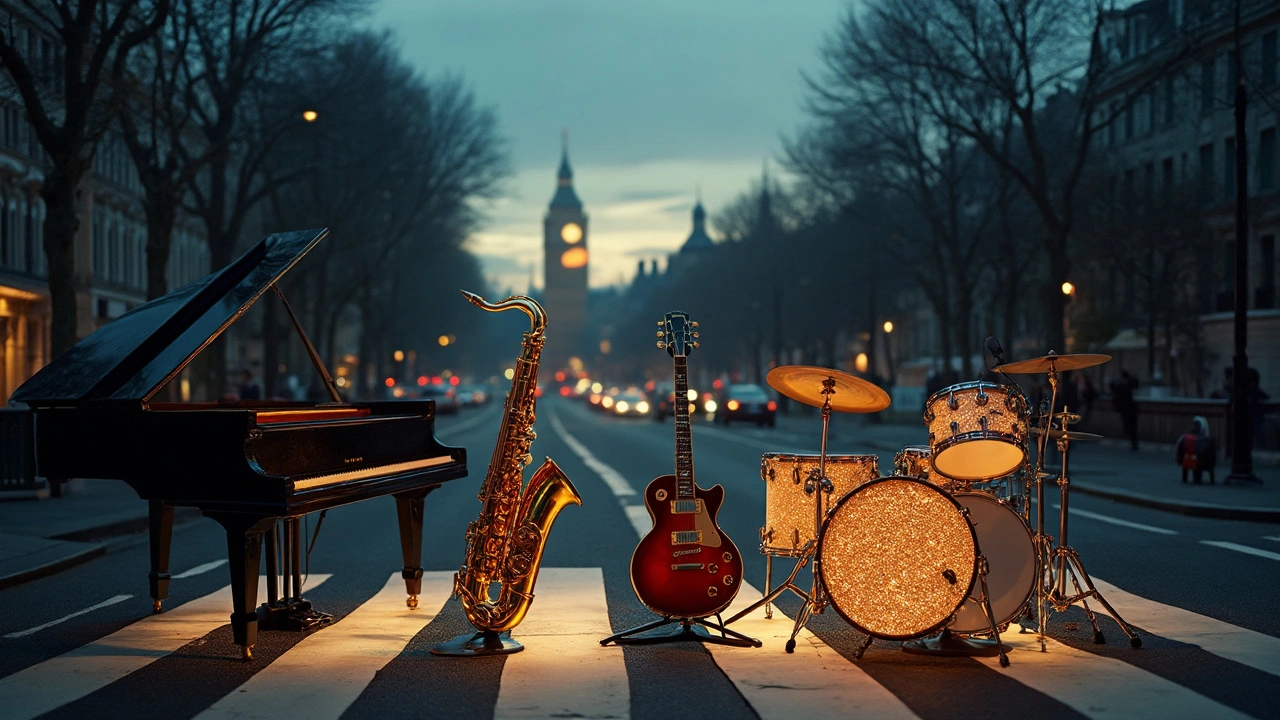
Modern Twists and Must-Know Gear
Stuff changes fast in the music world. Instruments have gone way past wood and strings—now you’ve got gadgets and gear that can make you sound like a whole band by yourself. Let’s look at how old-school tools got a tech upgrade and which pieces of gear really matter if you're serious about playing, recording, or just jamming at home.
Electric guitars and synthesizers flipped everything on its head in the 20th century. Leo Fender’s Stratocaster, invented in 1954, became the face of rock because of its easy-to-play neck and crisp sound. On the flip side (no pun intended), the Moog synthesizer brought space-age beeps and basslines to both stadiums and bedroom studios. Now, you see artists using loop pedals (like Ed Sheeran), drum machines, software synths, and even iPads to pump out music at home without needing a full band.
Here’s a breakdown of modern gear you’ll spot everywhere, even in starter packs and small studio setups:
- Digital Audio Interfaces: Let you plug almost any musical instrument straight into a computer—perfect for home recording.
- Loop Pedals: Layer your sound live, so you can build up guitar, vocal, or drum patterns by yourself.
- MIDI Controllers: These little keyboards or pads talk to software and can control everything from drums to virtual orchestras.
- Portable Amplifiers: Small, rechargeable, and great for jamming outside or in your bedroom without making your neighbors nuts.
- Electronic Drum Pads: For loud drum sounds at a whisper volume, and with different kits at the press of a button.
If you’re geeking out on numbers, here’s a quick data table showing how folks are getting into music with new gear compared to old-school setups:
| Gear Type | Percent of New Players (2024) | Percent of Studio Setups (2024) |
|---|---|---|
| Electric Guitars | 41% | 66% |
| MIDI Controllers | 48% | 78% |
| Acoustic Instruments | 53% | 55% |
| Digital Audio Interfaces | 39% | 82% |
| Loop Stations | 28% | 46% |
Notice how digital gear is sneaking ahead, especially in home studios? It tells you that dipping your toes into music is easier—and honestly cheaper—than ever. New gadgets mean you don’t need a huge room filled with wires and stands anymore; a laptop and a small controller can do wonders. If you want to try your hand at sound-shaping and mixing, start simple—pick up a MIDI controller and a free recording program. You’ll be amazed how much you can create on day one—and you won’t even trip over any tangled cables (unlike Cooper chasing his tail).
Tips for Picking Your First Instrument
Picking your first musical instrument is a major step—and listen, it doesn’t have to be overwhelming or expensive. There's no "one-size-fits-all," so it’s important to think about what really fits your lifestyle and interests. Let's make your decision a bit easier and a lot more fun.
First off, size and portability are big deals. If you live in a small apartment or share space (with people or, in my case, a mischievous cat), hauling a drum kit upstairs is probably not your dream. Keyboards and guitars are compact and easy to stash away. Don't forget about noise: acoustic guitars are quieter than drums or trumpets, so your neighbors might actually smile at you instead of calling the landlord.
Budget matters, too. A decent beginner ukulele often costs less than $60, while a new cello can run you a few hundred just for a student model—not including the bow, case, or surprise repairs. Here’s a look at average starter instrument prices for 2024:
| Instrument | Average Starter Price (USD) | Maintenance Needs |
|---|---|---|
| Acoustic Guitar | $120–$200 | Low |
| Digital Keyboard | $100–$250 | Low |
| Violin | $120–$300 | Medium |
| Ukulele | $50–$90 | Low |
| Drum Kit (Junior/Electronic) | $200–$400 | Medium |
Not sure where to start? Here’s a checklist that actually works for real life, not just music nerd circles:
- If you love singing along, try piano or guitar. Both make learning songs and chords pretty easy.
- Like simple rhythms? The ukulele is super beginner-friendly. A lot of hit pop songs use just three or four chords on it.
- If you dig loud and energetic sounds, consider drums or electric guitar. Both will get you moving (and sweating, probably).
- For folks who want to join an orchestra one day, violin and trumpet are always in demand—even in school bands.
- Don't ignore what makes you excited—if you secretly dream about rock stardom, just roll with it.
One weird but true fact: Research from NAMM (the National Association of Music Merchants) says over 80% of people who quit an instrument in the first year just picked something that didn’t fit their personality or life. So don’t feel pressured to start with piano just because "everyone does it." What feels right to you tends to stick longer.
If your budget’s tight, check used markets or ask local music shops about rental programs—lots of beginner-friendly shops let you test before you commit. And don’t be afraid to start slow; even a few minutes a day beats buying a fancy guitar that just becomes a coat rack. My cat, Whiskers, approves of slow practice—as long as he can nap on the sheet music.

